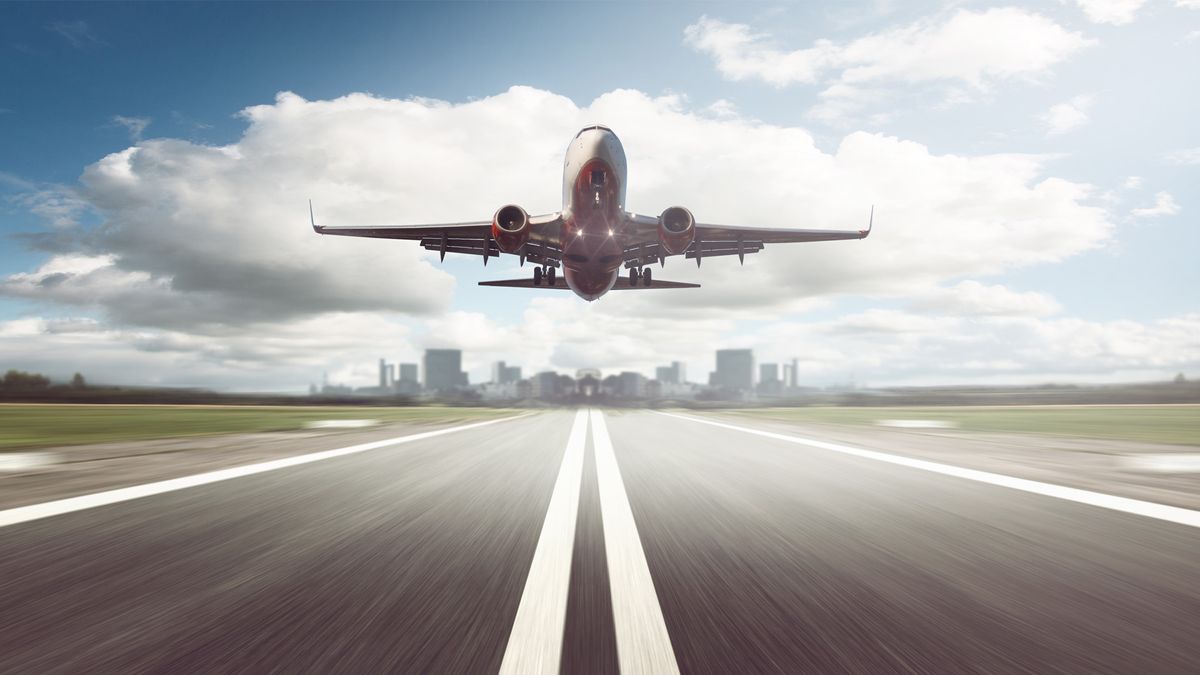FAA reveals exactly what it thinks 5G will do to airplane electronics
US aviation authorities are concerned about 5G interference to sensitive aircraft electronics

The US Federal Aviation Administration (FAA) has started to provide the airline industry with ‘Notice to Air’ missions that detail how 5G networks could potentially affect aircraft equipment.
The FAA is concerned that C-Band 5G could affect sensitive electronics, like altimeters, that rely on frequencies located between 4.2 and 4.4GHz. These fears are disputed by mobile operators who will start the commercial rollout of such networks next week.
Mid-range C-Band spectrum offers a compromise between the range and indoor penetration characteristics of low-range airwaves and the huge capacity offered by high-band frequencies. AT&T and Verizon Wireless won C-Band licenses at an auction last year that raised $80 billion for the American government.
5G vs. the airlines: a brief timeline
Jan. 28: FAA greenlights 5G at the airport The FAA's ongoing battle with Verizon and AT&T over ultra-fast 5G C-band deployment around airports is finally ending: On Friday, the FAA announced an agreement on new steps that allow yet more 5G towers to operate safely around key airports.
Jan. 13: FAA reveals exactly what 5G will do to airplanes The FAA is providing the airline industry with ‘Notice to Air’ missions that detail how 5G networks could potentially affect aircraft equipment, notably altimeters that rely on frequencies located between 4.2 and 4.4GHz.
Jan. 10: 50 airports get 5G "buffer zones" Airports in New York City, Los Angeles, Chicago, Las Vegas, Minneapolis, and more are covered by the new restrictions, with some airports excluded because they do not permit low-visibility landings or because 5G towers are not close enough to cause concern.
Read more ▼
Jan. 04: So much for 5G at the airport Verizon and AT&T agreed late Monday to delay the 5G C-Band rollout, after earlier in the day announcing plans to move forward with their $70 billion dollar investment in the 5G C-band spectrum and their plans to launch the service on January 5.
Jan. 03, 2022: The DoT treads into the battle A letter by Secretary of Transportation Pete Buttigieg and FAA Administrator Steve Dickson to AT&T and Verizon acknowledges the investment in 5G-C made by both companies but cautions that "the economic stakes for the aviation industry and the disruptions the traveling public would face ... are significant."
Dec. 08: FAA sets new 5G flight restrictions The FAA has issued a warning that interference from C-band 5G could result in flight diversions as the planned use of this new 5G wireless spectrum by mobile carriers poses an air safety risk.
Nov. 5: Pilots warned about 5G interference -- and carries caved Verizon and AT&T agreed to temporarily postpone their rollout of C-band 5G in order to work with the Federal Aviation Administration (FAA) to address concerns surrounding potential interference with key cockpit safety devices.
5G airport buffers
Reuters says more than 300 notices have been issued by the FAA, detailing how aircraft with untested altimeters that need retrofitting or replacing will be unable to perform low-visibility landings at airports where 5G powered by ‘C-Band’ spectrum has been deployed.
Are you a pro? Subscribe to our newsletter
Sign up to the TechRadar Pro newsletter to get all the top news, opinion, features and guidance your business needs to succeed!
The FAA has received additional transmitter location data from operators which mean that some aircraft will still be able to land in low visibility conditions on some runways without restrictions and says it plans to update the industry as it continues its research.
Both T&T and Verizon Wireless agreed to delay the launch of their respective services and introduce measures that mitigate any perceived issues, including airport buffer zones. 50 airports, including New York City, Los Angeles, Chicago, Las Vegas, Minneapolis, Detroit, Dallas, Philadelphia, Seattle, and Miami are covered by the new restrictions, with some airports excluded because they do not permit low-visibility landings or because 5G towers are not close enough to cause concern.
Mobile operators and industry bodies say there is no credible evidence of interference, noting that other countries have deployed C-Band 5G with no problems and that there is a sufficient spectrum gap between bandwidth allocated for mobile and for aviation. Others have questioned why the FAA has waited so long before expressing is concerns.
- Here are the best 5G mobile phone deals if you're thinking of an upgrade
Via Reuters
Steve McCaskill is TechRadar Pro's resident mobile industry expert, covering all aspects of the UK and global news, from operators to service providers and everything in between. He is a former editor of Silicon UK and journalist with over a decade's experience in the technology industry, writing about technology, in particular, telecoms, mobile and sports tech, sports, video games and media.
Most Popular

